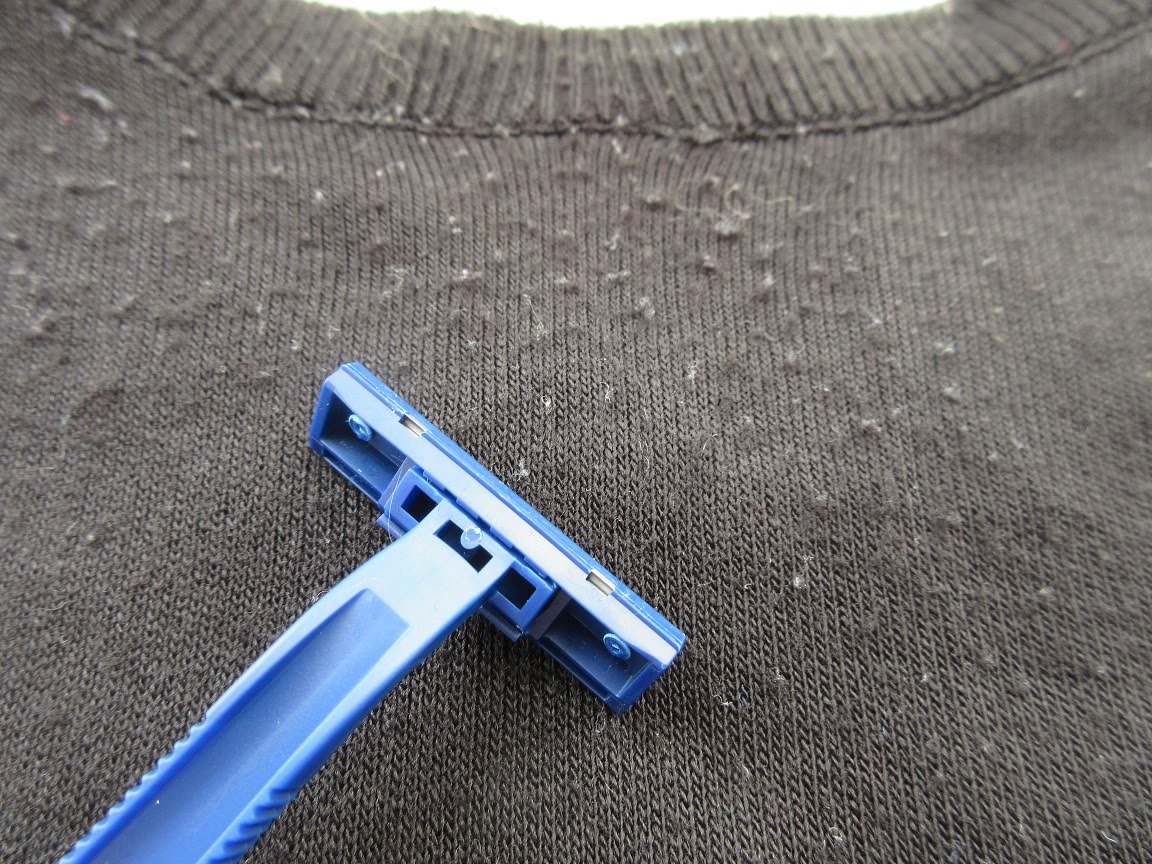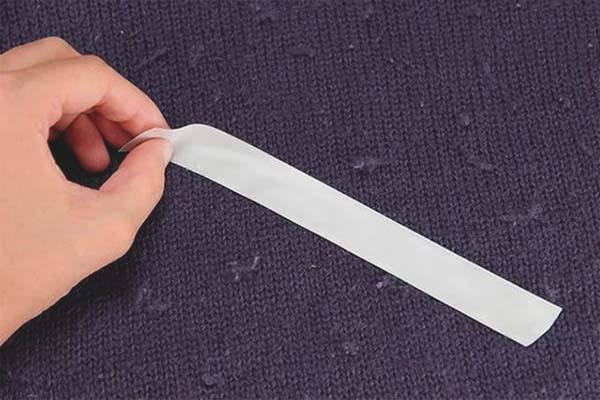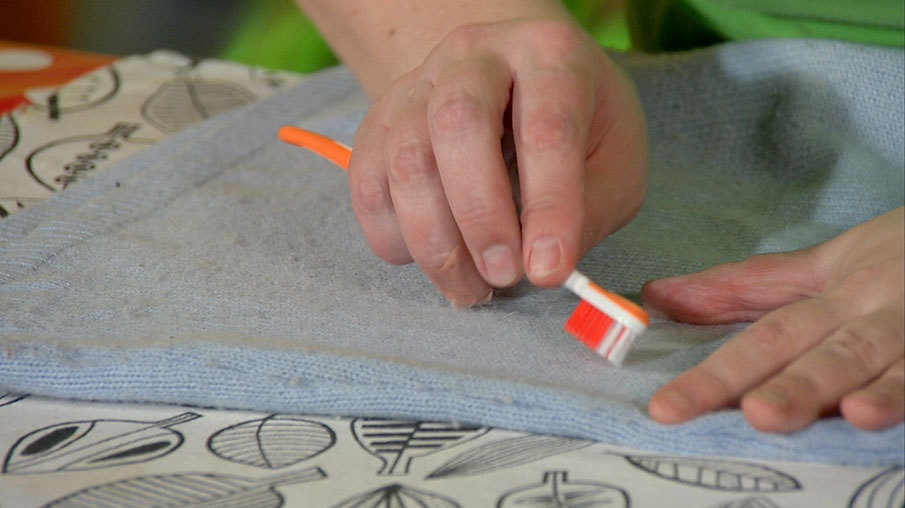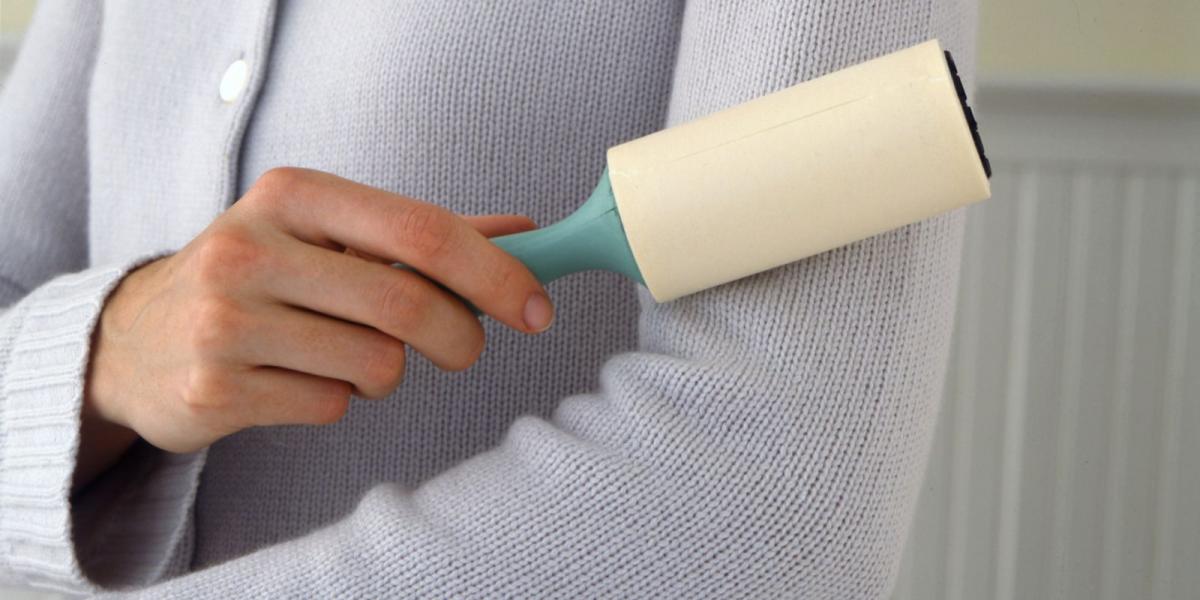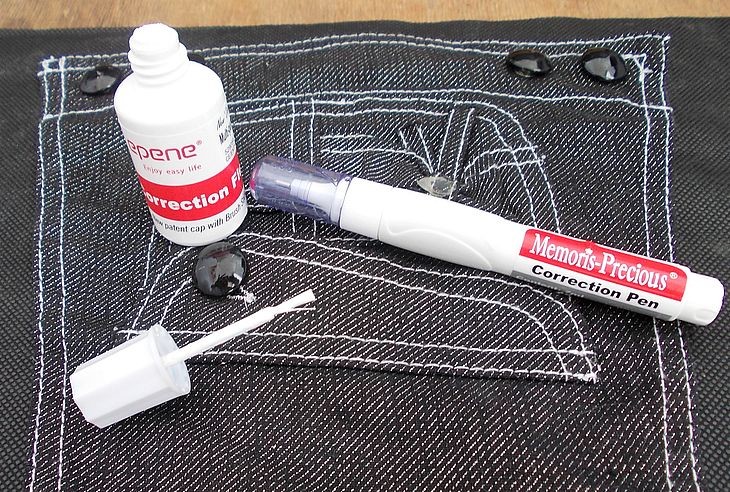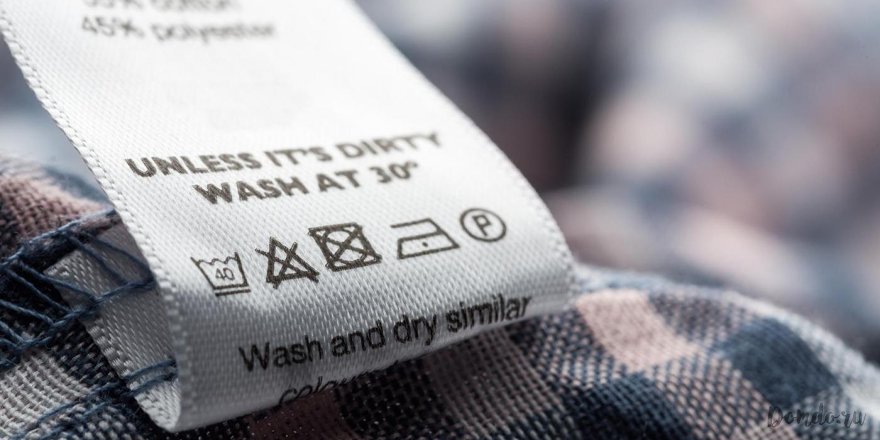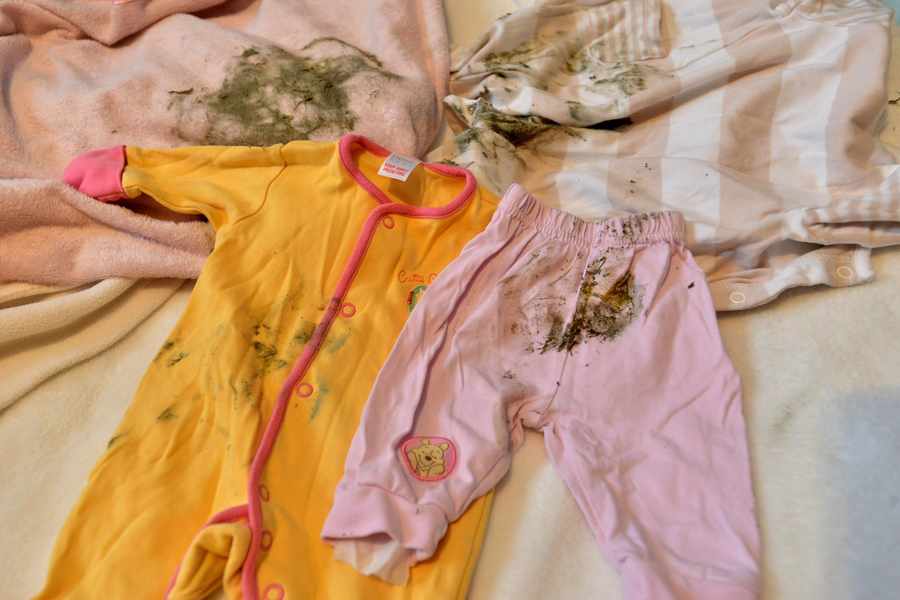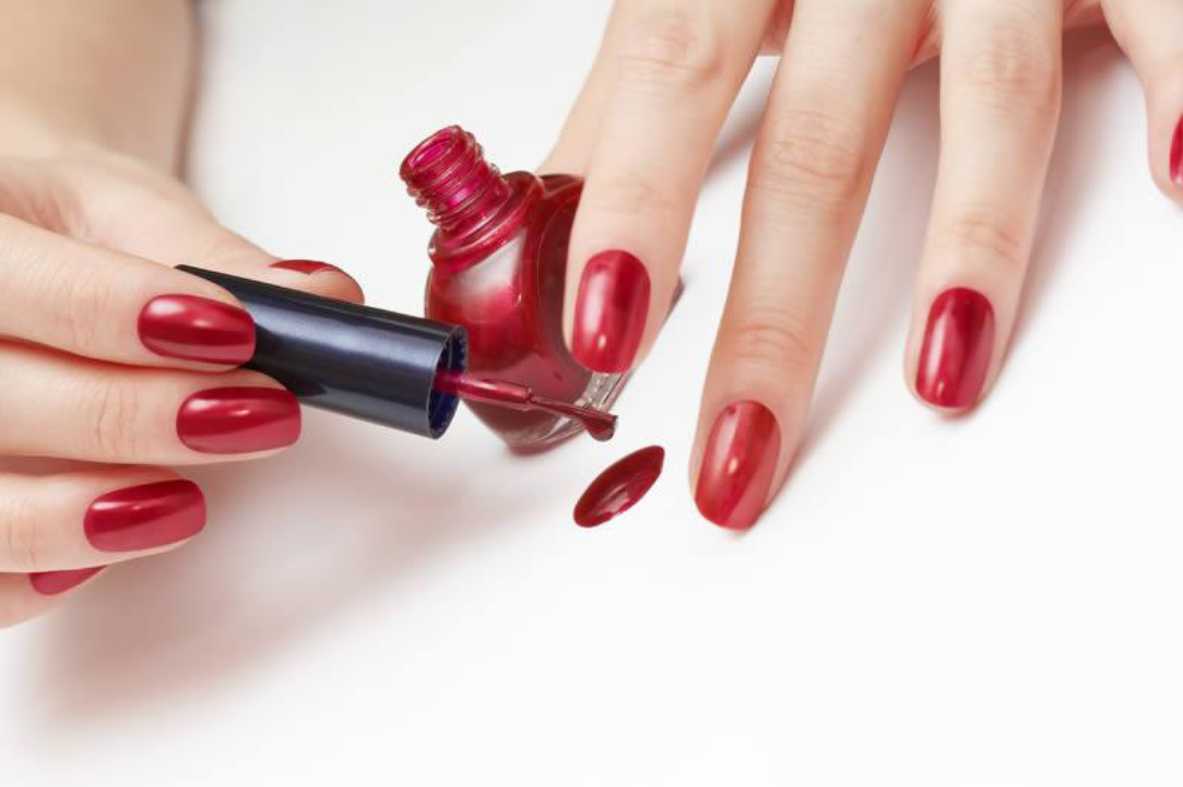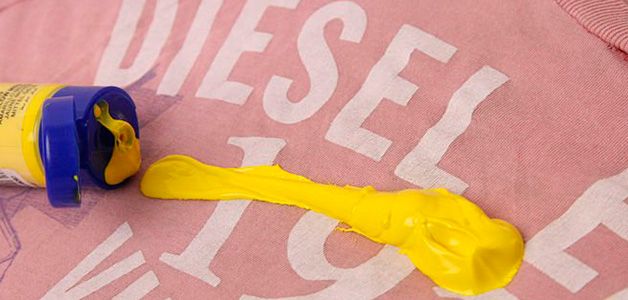After a while, any product, even a very high-quality one, will develop pellets. Pellets on clothes can appear suddenly, and the reason for their appearance is often irrelevant, because the main thing is that your favorite cardigan or knitted scarf is ruined and must be saved as quickly as possible. To understand how to remove pellets from clothes, it is worth familiarizing yourself in detail with all possible options.
Methods of removal
Today, there are many methods for combating pilling. Which one is right for you depends on the type of fabric, the age of the item, and personal preference.
With a special machine
The easiest and fastest way to remove pellets from clothes is to use a special device that can be found in home appliance stores. It is called a trimmer or shaver and is powered by a pair of AA batteries. The surface of the device has a meat grinder-type mesh, behind which are hidden rotating knives.
The device's operation is based on the careful cutting of pellets from fabric, in particular, from angora, mohair, and knitted materials. Therefore, the machine is most often used for sweaters, hats, and woolen trousers. The undeniable advantage of the device is the ability to adjust the height of the knives so as not to damage the decorative elements on the fabric, the presence of a special container for collecting pellets, their quick removal, and a low price. It is only important to read the instructions carefully the first time you use it.
With a razor
In Soviet times, everyone knew that pellets could be removed using improvised means, such as a razor. The method is quite fast, but can be dangerous for the fabric. It is advisable to use a used razor for this purpose, so that it is not too sharp. Before starting the removal process, it is important to make sure that the fabric is suitable for such a "shave". To do this, it is recommended to clean a small area.
To avoid cutting the item during such cleaning, the fabric is stretched as much as possible, and the pellets are shaved off with up and down movements. The item is placed on a well-lit surface. Pills are ideally removed from hats, socks, tights, and the latter are easier to process directly on the legs, from smooth fabrics. Mohair, angora and cashmere are not the best options for using a razor.
It is also possible to remove pellets using an electric razor. It moves along the thread weave. At first, the device should touch the item lightly and imperceptibly, gradually increasing the pressure. It is important not to cut the item.
With scotch tape
One of the favorite methods of seamstresses and dressmakers is to remove pellets from clothes with ordinary office tape. It is well suited for sweaters and jumpers with a tight knit with a low degree of lint, it will remove small versions of the most difficult pellets with small debris and lint.
The procedure is similar to wax strips for epilation in its algorithm of actions. A strip is placed, pressed against the fabric, and then quickly torn off. The ill-fated pellets should remain on the sticky part. You should not expect a 100% result from this method, especially if the clothes have already managed to roll up thoroughly. It will work for items where pellets have just begun to appear. Choose the most sticky tape.
With scissors
Using scissors to remove pellets is considered a slow, labor-intensive and tedious method. Manicure scissors are preferable to large sewing scissors, which will be less convenient. Small pellets are carefully cut off one by one. This may damage the fabric, so it is better not to touch it. It is better to start from the back of the product, then move to the front and finish with the side. It is also possible to simplify the task somewhat, you can comb the item with a comb with fine teeth.
With a toothbrush
If there is a need to remove small pellets from clothing or headwear made of angora, cashmere or mohair, then cutting the pellets with a razor or scissors is absolutely not recommended. For such things, an old toothbrush with soft bristles will be a lifesaver.
The fabric should be carefully combed with a brush, always along the fibers, otherwise your favorite thing will be ruined. It is also important not to let the product stretch. Next, the product is combed until the pellets are completely removed, which gather into one large ball. It must be removed and thrown away in time.
The treated clothes are soaked in a basin of warm water with vinegar. This will return the item to its original appearance. The item is dried on a horizontal surface, for example, on a towel, located away from sunlight and heating devices.
With a roller and adhesive tape
This device is ideal for processing any fabric. This is a useful, inexpensive cleaning tool that can be purchased at most supermarkets, shopping malls, and hardware stores. The clothes affected by the pellets are laid out on a flat, clean surface. The item is held in place with one hand, and with the other, a sticky roller is rolled against the lint, removing pellets, wool and threads from the clothes. Sections of the sticky paper are torn off the roller as they are covered with wool or fluff. The procedure is carried out until the fluffy lumps on the clothes are completely removed. This roller assumes changing the tape as needed and is absolutely not “hard on the pocket”.
The instructions for using a sticky roller are also the basis for cleaning products with improvised means: a roll of packaging film and a rolling pin. The latter is wrapped with tape with the sticky side on the outside. The first few centimeters are fixed on the rolling pin, then the rolling pin is completely covered with tape, which is fixed for reliability. And then - the principle of operation of the sticky roller.
Dry cleaning
The most effective way to remove unwanted fluff lumps is to go to a dry cleaner. Of course, it is not rational to give trousers or a casual sweater there, because the service involves significant financial costs. But it is better to entrust an expensive coat or a festive dress to specialists.
Dry cleaning is a place where not only will the pellets be removed from the product, but also, at the customer's request, washing and ironing will be done. In addition, the clothes will be treated with special solutions, which will prevent the new pellets from appearing on the clothes.
Carrying out the appropriate procedure will ensure the durability of the handed over item. It is only important to remember that the best option is to use the services of an organization with a well-deserved reputation.
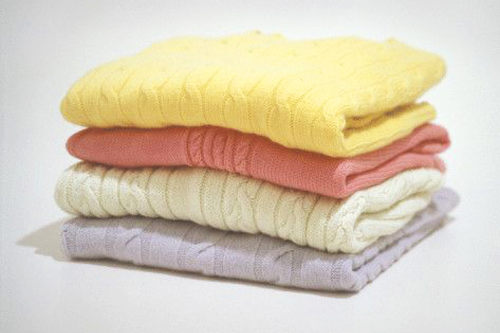
Why do they appear?
There is an opinion that pellets are formed only on low-quality materials. In fact, the reasons for their appearance are as follows:
- improper washing. If you wash the product without taking into account the recommendations on the label, then in the near future they will lose their original appearance. It is recommended to choose the temperature mode and detergents wisely depending on the type of fabric;
- increased friction - fluffy lumps appear on the inside of trousers or on sweaters when rubbing against a bag;
- material density - items with loose weave or long threads are most susceptible to pilling. You can estimate the density of the fabric by stretching it;
- when mixing fabrics - there is an opinion that pellets form most often on synthetic fabric. In fact, if natural fibers were used in production, then the probability of soft balls will increase significantly;
- The presence of tight, twisted and hard threads contributes to the rolling of things.
It turns out that you can prevent your favorite things from pilling if you follow the temperature regime when washing and drying, care for them according to the instructions, use the products prescribed for each fabric, reduce friction in the appropriate areas and treat your clothes carefully. You should not wait until unpleasant felted balls attack your things in large quantities. It is important to monitor the condition of clothes with a tendency to form pellets and remove them at the first appearance. Then the clothes will remain beautiful and neat.
Video



